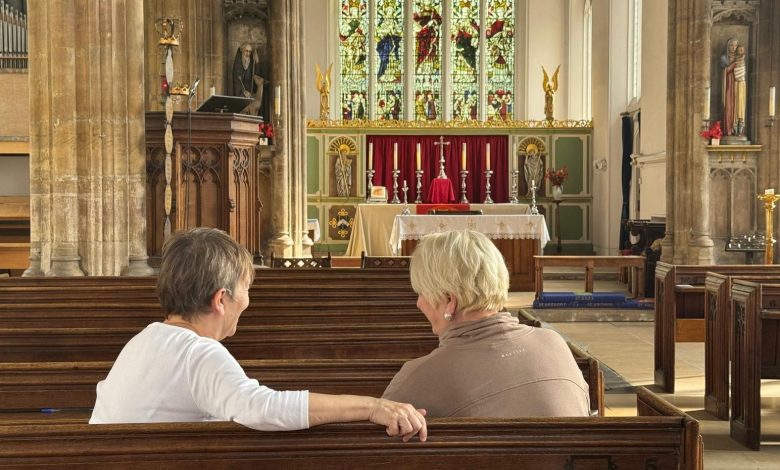Is faith on the rise in our churches?

Church of England Sees Encouraging Growth in Regular Worship Attendance for Fourth Consecutive Year
The Church of England has reported a heartening increase in regular worship attendance for the fourth consecutive year, with figures for 2024 showing continued recovery and growth in the wake of the COVID-19 pandemic. According to the annual Statistics for Mission findings, the overall number of regular worshippers across Church of England congregations grew to 1.009 million in 2024, representing a 0.6 percent increase from the previous year. This marks the second consecutive year that the Church’s “worshipping community”—defined as the combined number of regular members across local congregations—has exceeded one million people since the pandemic disrupted in-person gatherings. This steady growth offers an encouraging sign of resilience and renewal within one of Britain’s most historic religious institutions.
The data reveals even more promising trends when examining specific attendance patterns throughout the week. Average Sunday attendance across all age groups rose by 1.5 percent to 581,000 people in 2024, continuing an upward trajectory established in recent years. Overall weekly attendance across all services showed similar growth, increasing by 1.6 percent to reach just over 702,000 worshippers. These increases were primarily driven by greater adult participation, with those over age 16 showing a 1.8 percent increase in both Sunday and weekly attendance figures. While these numbers haven’t fully returned to pre-pandemic levels, they are moving steadily closer to projected pre-pandemic trends, and in some cases have actually exceeded what might have been expected had the pandemic not occurred—suggesting the Church may be experiencing more than just a recovery, but potentially a period of genuine revitalization.
Beyond regular service attendance, the 2024 statistics highlighted meaningful growth in adult baptisms and confirmations, reflecting deeper engagement with the faith. Adult baptisms increased from 7,800 in 2023 to 8,700 in 2024, while baptisms among young people aged 11 to 17 rose from 2,100 to 2,400 during the same period. Confirmations also showed healthy growth of 5.3 percent, increasing from 10,700 to 11,300. These sacramental milestones represent significant personal commitments to the faith and suggest that the Church is not only maintaining its existing community but also welcoming new members who are making formal decisions to join. The one area showing a slight decline was in overall baptism numbers, as the post-COVID “catch-up” period for infant baptisms that had been postponed during lockdowns appears to be naturally slowing down after the initial surge.
The positive trends emerge from careful data collection through the Statistics for Mission initiative, which allows individual parishes to contribute to the broader understanding of church health across England. For local churches, particularly in the Diocese of Norwich which was highlighted in the report, participation in this data collection serves multiple practical purposes beyond contributing to national statistics. Completed forms help parishes with mission planning, strengthen grant applications, inform parish profiles for clergy recruitment, and support strategic decision-making. The data tells the story not just of national trends but of local church communities across Norfolk and Waveney, providing evidence-based insights that can guide ministry efforts and resource allocation.
The high participation rate in this data collection effort—with over 85 percent of Parochial Church Councils completing their statistics in 2024—demonstrates a commitment to transparency and strategic planning across the Church. The Diocese of Norwich is encouraging similar participation for 2025, with forms now open and a submission deadline of January 31, 2026. This collaborative approach to gathering information creates a more complete picture of church life and helps identify both strengths to build upon and areas that may need additional support or new approaches. By systematically tracking attendance and participation metrics, church leaders can make more informed decisions about ministry priorities and resource allocation in a changing cultural landscape.
While challenges certainly remain for the Church of England in an increasingly secular society, these statistics offer a counterpoint to narratives of inevitable religious decline. The four consecutive years of growth, particularly among adults making deliberate choices to attend services and participate in sacramental life, suggest an enduring spiritual hunger that the Church continues to address. As communities emerge from the isolation and disruption of the pandemic years, the modest but consistent growth in attendance might reflect a renewed appreciation for in-person community and spiritual practice. The Church of England’s ability to adapt to changing circumstances while maintaining its core mission appears to be bearing fruit, as evidenced by these encouraging statistics that point to not just recovery but potential renewal in the life of England’s established church.








